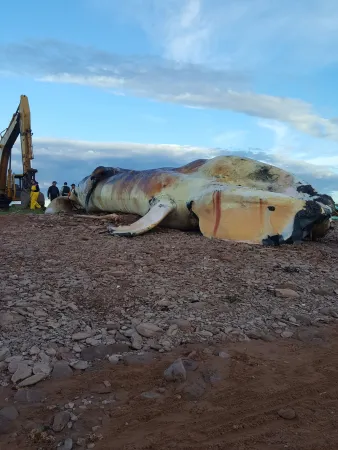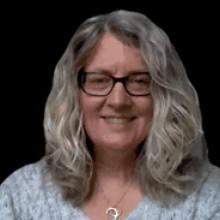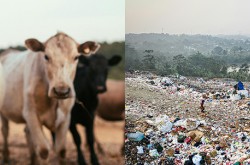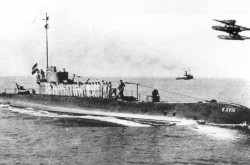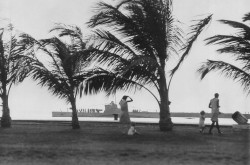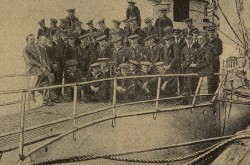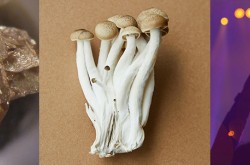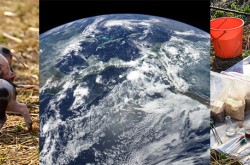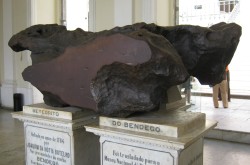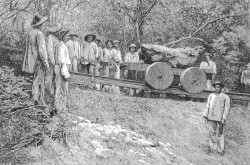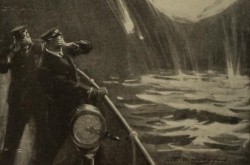Glacier the whale: Skeleton composting and 3D modeling

Following the death of a North Atlantic right whale (NARW) named Glacier, a Canadian research team embarked on a project to create a 3D model of his skeleton and to compost the remains.
“Glacier's death is symbolic of the impacts of human activities,” says Dr. Gordon Price, an associate professor leading the Innovative Waste Management Research Program at Dalhousie University. “Preserving his skeleton is another effort to remind the public of the desperate struggle to protect this species from extinction.”
In July 2017, Glacier's remains were sent to Dalhousie University's Faculty of Agriculture, where a research team, including Dr. Gordon Price, Christopher Nelson, and Dr. Chris Harvey-Clark, prepared to compost Glacier's skeleton. This project involved the support and cooperation of Fisheries and Oceans Canada, who have been deeply involved in the conservation and enforcement efforts to protect NARWs.
Composting the skeleton
Baleen whale bones are often rich with oils and grease that can leak out from preserved skeletons over time and become quite smelly. Some whales on display in museums around the world still have oils leaking out after 100 years on display! Many of the current methods for removing the oils involve use toxic solvents, such as Trichloroethylene, that can be human carcinogens and harmful to local ecosystems. Composting is an approach that takes advantage of naturally occurring microorganisms to decompose organic materials. This technique is typically used for turning organic wastes — such as residential green wastes, animal manures, or other decomposable matter — into compost that can be recycled back into soil. Previous research by the Dalhousie team composting Minke and Blue whales had shown the potential for cleaning and degreasing Glacier's skeleton through a combination of composting and other more environmentally benign methods.

Drone photo of Dr. Gordon Price beside the freight container with Glacier's remains.
“Glacier's remains arrived from Prince Edward Island, post-necropsy, packed into a freight container on a sunny, hot July day,” explains Dr. Price. “When I opened the doors it was pretty smelly and not a pretty sight! Glacier's remains were carefully removed from the container and placed on 'beds' of absorbent feedstocks, acting as sponges for any leaking material.”
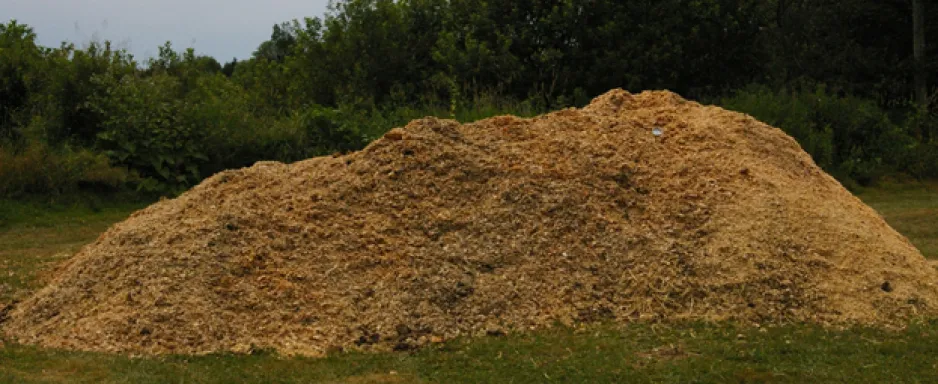
A mixture of wood shavings, agricultural bedding, and sawdust was used to cover the bones for the first stage of composting, decomposing exposed tissue and surface oils.
Over the course of several months, the compost piles with Glacier's bones were monitored for fluctuations in temperature and regularly excavated to check on their condition. Compost piles can get really hot, upwards of 60°C, and that can soften bones if they are not managed carefully. The regular monitoring of the compost piles also helped the research group make sure the bones were being degreased.

A team works to tag, photograph, and measure Glacier’s bones.
Assembling the skeleton
After months in several compost piles, a group of volunteers consisting of Grade 11 students from the Cobequid Educational Centre, university staff, and graduate students worked over two days to help bring Glacier back into the light. His bones were carefully uncovered and removed by hand from the compost piles, and any debris was brushed off.
“Each bone was examined for damage and weighed, as part of the ongoing research on changes bones undergo from composting,” says Dr. Price.

Glacier’s full skeleton, reconstructed on tarps at the beach.
One year after arriving at Dalhousie University, Glacier's full skeleton was finally put back together. Over seven long and intense days of tagging, photographing, and measuring Glacier's bones, the full skeleton was reconstructed with the help of Dr. Paul Nader, Professor of Veterinary Anatomy at Lincoln Memorial University.
With careful excavation, the position of the bones remained intact even after all the tissue had decomposed around it. In one picture, you can clearly see the digits from Glacier's hand bones and even get a sense of the size.
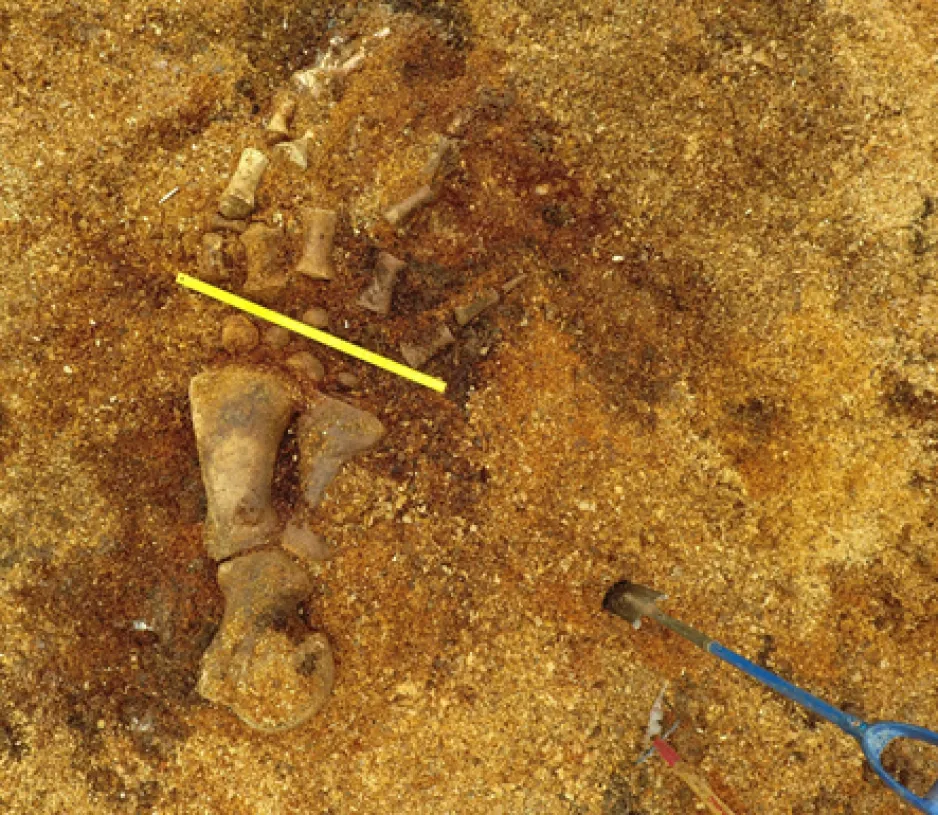
The digits of Glacier’s hand bones can be seen in this image; the yellow one-metre stick shows the impressive width of his hand.
After making sure Glacier was mostly intact, the bones were brought indoors for storage and a more personal approach to degreasing: the soaker tub. Each bone was taken through a 14- to 21-day soaking using a strong degreasing dish detergent and constant aeration, and then allowed to air dry in the storage facility. Bones were regularly weighed, to continue tracking changes over time and after each of the degreasing treatments.
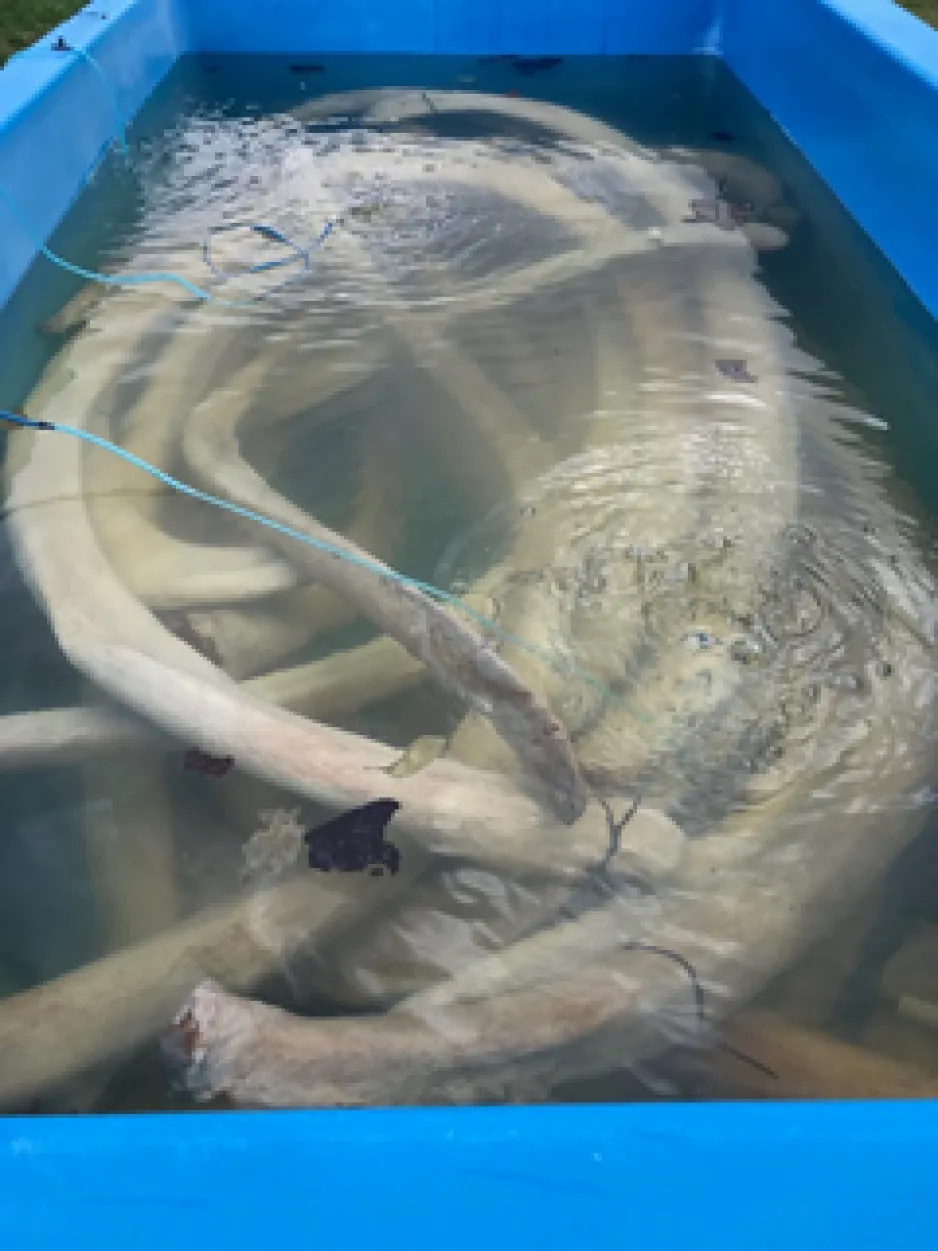
Each bone was taken through a 14- to 21-day soaking using a strong degreasing dish detergent and constant aeration, and then allowed to air dry in the storage facility.
Creating 3D scans of the bones
After Glacier's bones had undergone the soaker tub degreasing process, each bone was carefully archived digitally using a handheld Artec EVA 3D scanner.
“The 3D scans of the bones are intended to serve as another piece of Glacier's legacy, to help in the education and conservation efforts for North Atlantic right whales, and all other endangered marine species,” says Dr. Price.
The 3D scans are being used to build interactive models, such as the ones below, for everyone to access. The digital files can be used to reconstruct Glacier's skeleton digitally and placed into virtual reality spaces, enhancing the interactive experience with the display.
In order to build these virtual environments, the Dalhousie University teamed up with the Interdisciplinary Design Lab led by Dr. John Phillips at the University of Guelph. Along with contemporary artist and virtual reality (VR) designer Thoreau Bakker, the collaborative team worked with Fisheries and Oceans Canada to design and build a VR experience of Glacier housed at the Gulf Fisheries Centre in Moncton, NB.
This is an ongoing project for the Department of Fisheries and Oceans, in an attempt to bring Glacier to be displayed in his final home at the Atlantic Science Enterprise Centre in Moncton, NB. Educational tools and stories will continue to be developed to further promote the conservation story, and to highlight the urgent need for continued action and awareness.
In the final article in this four-part series, read how Canadian regulations are striving to protect the North Atlantic right whale.


